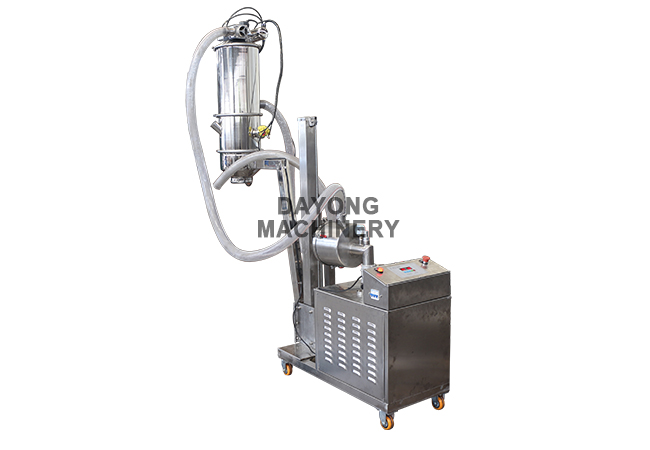How To Solve The Blocking Problem of Vacuum Conveyor
Vacuum feeder blockages are relatively common, mainly including the following:
1. Filtration accuracy is too small
Dust removal filter precision selection, the filtration precision is too small, the air flow through the dust removal filter element becomes small, and it will block up after a long time.
2. The filtration area is too small
The second factor that causes the vacuum feeder to block is the filtering area. If the filtering area is too small, there will be a lot of powder covered, and the amount of air passing through will become smaller. This situation will often block. The solution to this situation is Frequent cleaning, the fundamental solution is to replace the dust filter core with a larger filtering area.
3. Pulse problem
Each time the material is added, the back-flushing system performs the back-flushing of the dust filter element in a pulse mode. If the back-flushing failure occurs, the conveying material of the vacuum feeder will be blocked. The vacuum feeder is equipped with a compressed air back blowing device. Each time the material is discharged, the compressed air pulse back blows the filter to break down the powder adsorbed on the surface of the filter to ensure the normal operation of the feeding.
4. Feeding port
The selection of the feed inlet is also very heavy. The choice of the feed inlet is different for different requirements. The impact force of the radial feed method on the dust filter element is the largest. On the contrary, the impact force of the tangential feed method on the dust filter element is more Small, radial feed material will impact the surface of the dust filter element, and the material is embedded in the filter hole on the surface of the filter element. Even if there is a pulse, it cannot be blown back and cleaned, because the selection of the feed port is also very heavy.





 (Live chat)
(Live chat)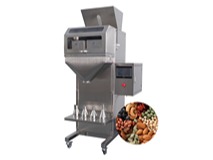
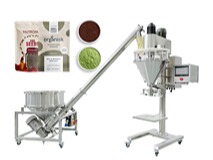
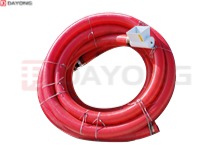
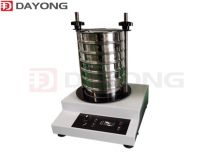
_213x160.jpg)

 +86-373-3669005
+86-373-3669005 sale@dyvibratingscreen.com
sale@dyvibratingscreen.com +86-373-3669006
+86-373-3669006 From West Room 5, 1st Floor, Building 18, Huilong Yangguang Mingyuan, New District, Xinxiang, Henan, China (Mainland).
From West Room 5, 1st Floor, Building 18, Huilong Yangguang Mingyuan, New District, Xinxiang, Henan, China (Mainland). Your Position:
Your Position: